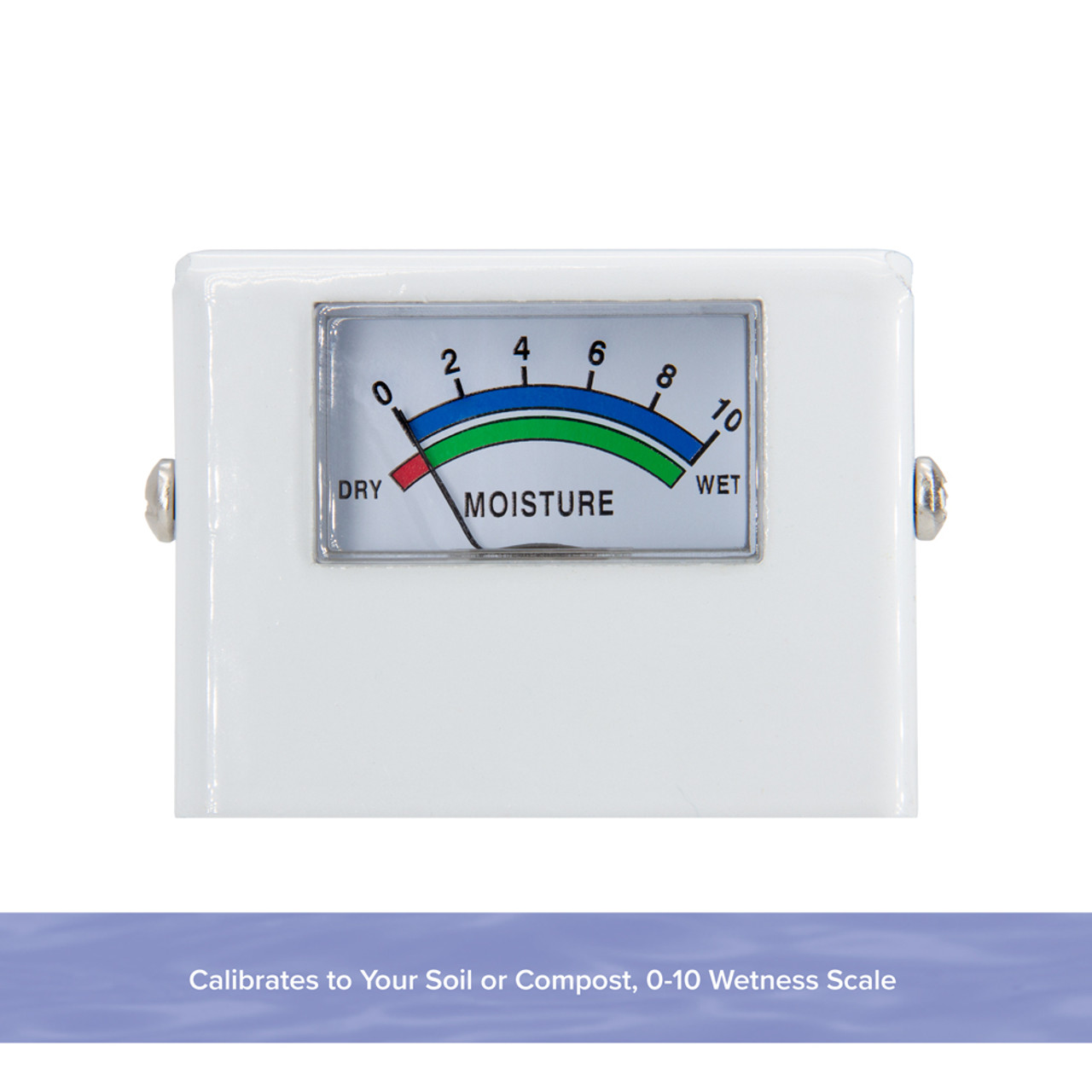Top 10 Benefits of Using a Moisture Meter for Correct Measurements in Your Home
Top 10 Benefits of Using a Moisture Meter for Correct Measurements in Your Home
Blog Article
Recognizing the Value of a Dampness Meter in Stopping Mold and Water Damage in your house
In the realm of home upkeep, the visibility of wetness can frequently be a quiet yet formidable opponent, with the ability of creating prevalent mold and mildew growth and dangerous water damage if left untreated. In the middle of the tranquil atmosphere of a house, hidden wetness issues can make below the surface area, presenting a threat to both property and health and wellness. Geared up with the right devices and expertise, house owners can proactively combat these prospective dangers. Understanding the value of a moisture meter in this battle is not simply an option yet a tactical requirement.

Importance of Dampness Detection
Efficient wetness detection methods are crucial for protecting residential properties and protecting against potential mold and mildew growth and water damage. Moisture can seep into different structure products, causing structural problems and health and wellness dangers - Moisture Meter. By using a wetness meter, property proprietors can proactively recognize locations susceptible to excess wetness, permitting prompt treatment and mitigation techniques
Moisture meters provide accurate readings of dampness degrees in different materials such as drywall, concrete, and timber. This data assists in pinpointing areas of issue, even in concealed or hard-to-reach places. Early discovery of dampness buildup makes it possible for timely repair services or modifications to avoid further damages.

Just How Wetness Meters Work
Moisture meters play an essential function in the proactive recognition of excess wetness, helping in the avoidance of potential mold and mildew development and water damage by providing accurate analyses of wetness levels in different building products. These gadgets function based on various principles, relying on their type. Pin-type dampness meters, for example, have two pins that penetrate the product to determine the electrical resistance between them. When moisture exists, it enhances the product's conductivity, resulting in a lower resistance reading. Pinless moisture meters, on the other hand, use electro-magnetic sensors to check the product without triggering damage. These sensors release electro-magnetic signals that pass through the material and gauge the dielectric residential or commercial properties, showing moisture web content. Some advanced moisture meters incorporate both pin and pinless modern technologies for thorough wetness discovery. Comprehending how moisture meters function is necessary for prompt and precise wetness degree evaluations, making it possible for efficient safety nets against mold and water damage.
Finding Early Indication
Upon preliminary assessment of a property, recognizing refined indications of excess moisture becomes vital in the very early discovery of potential mold go to my site growth and water damage. important link Water spots can signify leaks or seepage, while peeling off paint or wallpaper may be a result of moisture endangering the attachment of these products to the surface area. In addition, a rise in allergy signs or respiratory system concerns amongst owners may suggest the existence of mold due to excess wetness.


Stopping Mold And Mildew Development
Identifying early indication of excess dampness within a property not only makes it possible for prompt detection of potential mold and mildew development and water damages however likewise offers as a positive procedure in protecting against the spreading of mold. To properly stop mold and mildew development, it is vital to resolve any sources of moisture promptly. This can consist of taking care of leakages in roofing systems, windows, or pipelines, making sure correct air flow in damp locations like washrooms and kitchen areas, and making use of dehumidifiers in high-humidity rooms. Consistently preserving the residential property and examining's pipes, roofing system, and seamless gutters can likewise help in protecting against water invasion that can result in mold and mildew growth.
Monitoring wetness levels in areas prone to wetness, such as cellars and creep rooms, making use of a dampness meter can likewise assist in early detection of raised wetness levels and potential mold and mildew development. By taking aggressive actions to protect against excess dampness and mold growth, homeowners can safeguard their home and indoor air top quality.
Advantages of Routine Monitoring
Normal monitoring of dampness degrees in a property can play an important duty click resources in maintaining a healthy indoor setting and protecting against possible mold and mildew and water damage. By consistently checking wetness degrees, home owners can spot any type of issues immediately and take essential activities to protect against mold growth and water damage.
Furthermore, regular monitoring enables home owners to track patterns and patterns in dampness degrees over time. Eventually, the consistent monitoring of wetness levels empowers homeowners to shield their property, guard their health and wellness, and preserve the stability of their indoor setting.
Final Thought
In final thought, the usage of a moisture meter is essential in stopping mold and mildew and water damage in homes. By finding very early caution signs of wetness, property owners can take aggressive measures to avoid mold development and expensive repairs.
By using a dampness meter, home proprietors can proactively determine locations prone to excess moisture, allowing for timely intervention and reduction methods.
Moisture meters offer precise analyses of wetness degrees in different materials such as drywall, concrete, and wood.Moisture meters play an essential duty in the aggressive recognition of excess dampness, aiding in the prevention of possible mold growth and water damage by offering exact readings of moisture levels in various structure materials. Comprehending exactly how moisture meters function is necessary for prompt and precise wetness level assessments, allowing efficient precautionary steps against mold and water damages.
Keeping track of wetness levels in locations vulnerable to moisture, such as basements and crawl areas, utilizing a moisture meter can also assist in early detection of raised wetness levels and possible mold and mildew growth.
Report this page